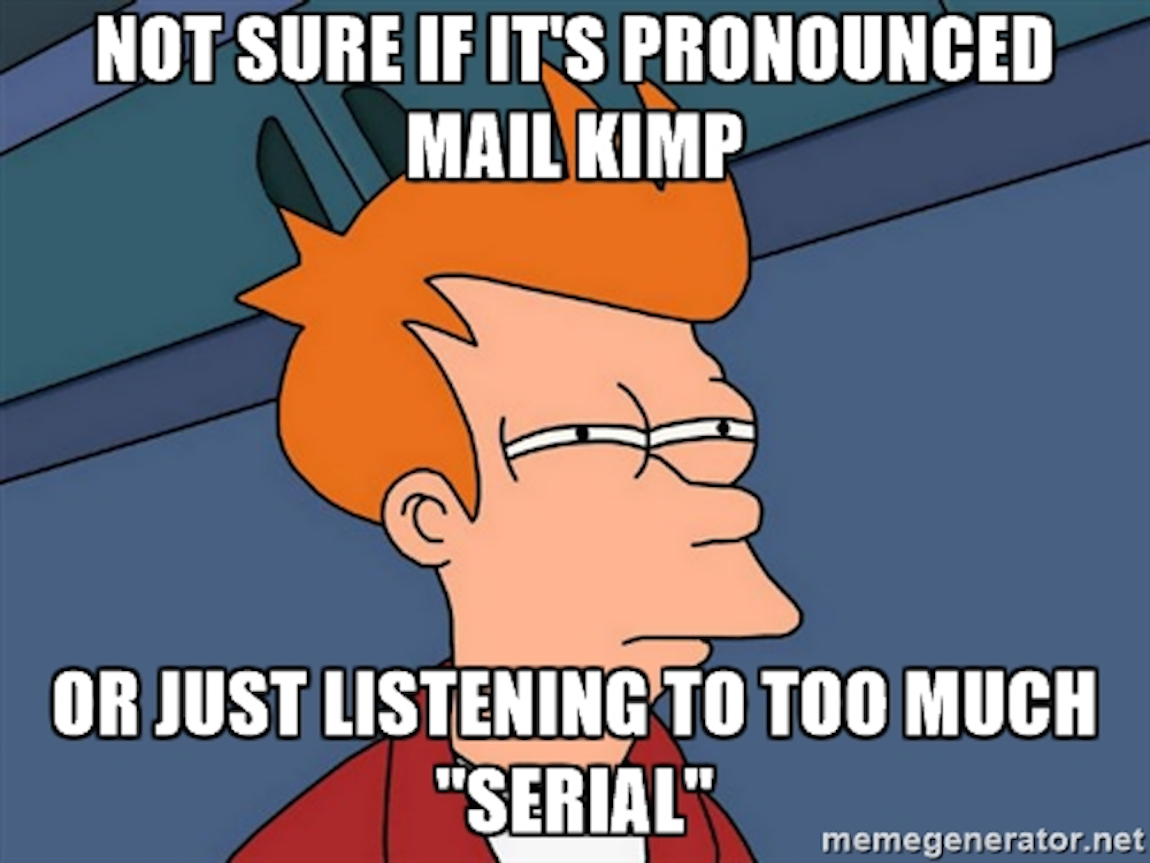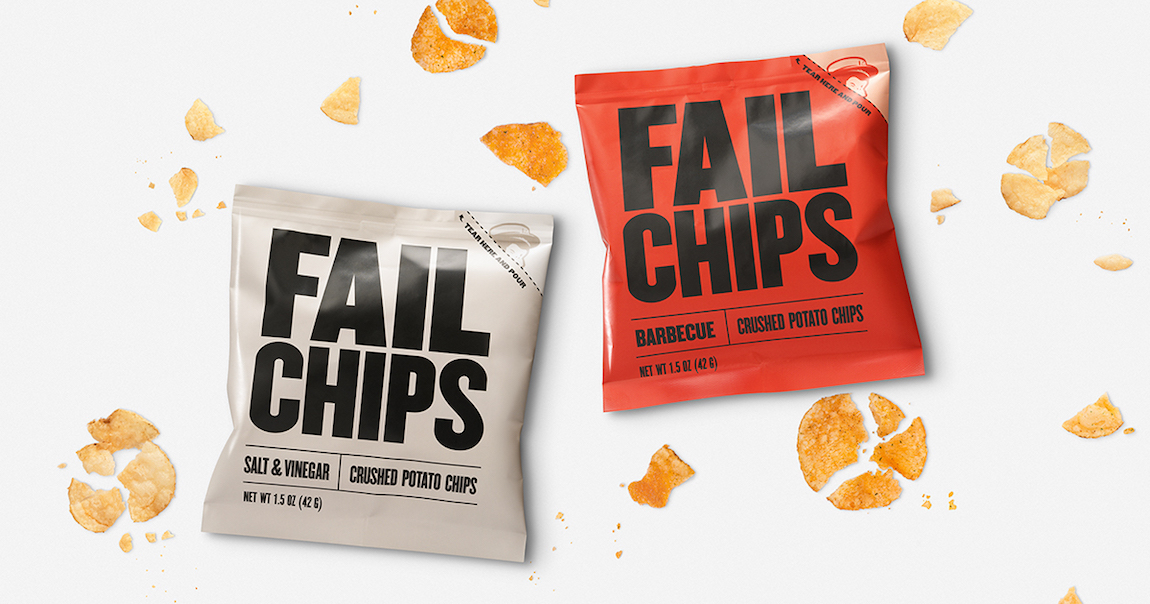A Lesson on Creative B2B Campaigns from MailChimp
by MGB2B
UPDATE: We know an awesome campaign when we see it, congratulations to MailChimp for scoring a Cyber Grand Prix at Cannes Lions 2017. This campaign was recognized for being the best example of a full-blown campaign with digital at the center.
Mail Shrimp? Fail Chips? Snail Primp? What could all of these wacky phrases have in common? They’re all part of MailChimp’s new advertising campaign “Did You Mean MailChimp?” The campaign flies in the face of any preconceived notion that you need to play it straight with B2B ads.
Founded in 2001, MailChimp quickly made a name for itself in the email marketing software industry. Known for their easy-to-use email templates and quirky monkey mascot, Freddie, MailChimp is a top competitor in the B2B email marketing sphere. However, they’ve never made an advertising splash on a national scale, until this campaign.
It All Started With A Meme
The “Did You Mean MailChimp?” campaign was inspired by an ad that ran during the popular podcast, Serial, where the announcer famously mispronounced the word MailChimp. Hundreds of memes like the one shown above popped up online. MailChimp wondered: what other weird things sound like MailChimp? From there, the entire campaign blossomed.
Random Products and Trends… Not So Random After All
MailChimp launched the campaign with three quirky, but mesmerizing short films: JailBlimp, MailShrimp, and KaleLimp. After the kickoff, the brand began to set other components in motion. Taken individually, they seemed like random trends or disconnected products at the time, but for those in the know, everything was cleverly connected.
One seemingly random execution was MaleCrimp: a fake fashion trend of men with crimped hair. The brand teamed up with Paper Magazine and published a photo story online called “Cool Kids Crimp” right before New York Fashion Week. It also linked to the Tumblr MaleCrimp page, with some sly MailChimp branding at the bottom.
Another example of an over-the-top execution is FailChips. This new chip brand popped up throughout New York, offering a new brand of chips that consisted of the crunched pieces at the bottom of a bag of chips. Upon closer inspection, the packaging had the MailChimp monkey printed on the outside of the bag.
These are just a few examples of seemingly random executions, that were not so random after all. Overall, MailChimp put out eight executions of the campaign.
Why Did This Work?
There’s nothing traditional about this campaign whatsoever, but it worked. Why?
From their inception, MailChimp has established themselves as unique; among the many email software companies vying for the attention of businesses, MailChimp has firmly planted their brand flag, saying “this is who we are.” Yes, this may scare away some potential clients, but that’s okay.
MailChimp didn’t need a direct marketing campaign; they’re already known to be a top player within their industry. What they needed was an out-of-the-box brand awareness campaign that elevated MailChimp to a larger stage and let consumers know who MailChimp is, on a personal level.
Quirky, creative, funny, modern, original – these words describe both the campaign and MailChimp’s company values and brand personality. And it makes them unforgettable, even in the B2B world.
Continue ReadingB2B Monday Myth: A Brand’s Social Involvement Is Unnecessary
by MGB2B
The Myth: A Brand’s Social Involvement Is Good But Unnecessary
The Truth: When Done Well, Corporate Social Involvement Can Reap Many Benefits for Your Company
In 1970, American economist, Milton Friedman, made the bold claim that:
“There is one and only one social responsibility of business–to use its resources and engage in activities designed to increase its profits so long as it stays within the rules of the game, which is to say, engages in open and free competition without deception or fraud.”
He believed that attempts to achieve social goals would create market inefficiencies, distorting the free market system and ultimately creating social costs. While most businesses are now aware that social responsibility can at the very least boost their reputation, there are many that avoid social responsibility altogether. And contrary to Friedman’s thinking, it is avoidance that can cost you, not participation.
Nearly 50 years after Friedman’s New York Times article, we know that social responsibility and economic goals are not mutually exclusive. It is in the best interest of the company to balance them. That balance is valued by stakeholders, employees, vendors, and most importantly – prospects.
These Are the Benefits of Corporate Social Responsibility:
- Bring in Stronger Employees. Companies are respected for social efforts, which means you can use it to increase employee loyalty and may even attract better talent.
- Increase Efficiency, Lower Costs. Sustainable business practices can actually increase efficiency and lower costs over time.
- Better Relationships with Public. This includes not just an enhanced reputation, but improved relationships with suppliers and distributors and goodwill in the eyes of public officials and prospective customers and clients.
- Increase Profits. Contrary to Friedman’s original claim, it is widely believed today that corporate social involvement actually increases profits. Even if it doesn’t happen immediately, the benefits to the long-term financial health of the company are nearly indisputable.
Haven’t yet incorporated social responsibility into your business’s platform? We’ll discuss how you can do that next week.
Continue Reading


